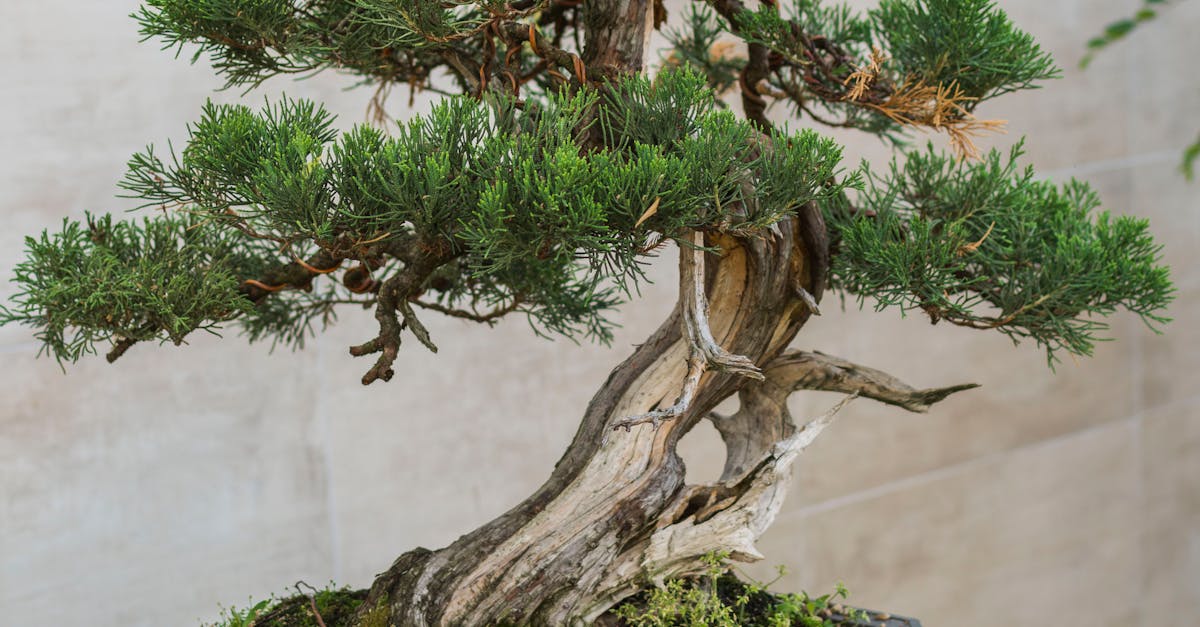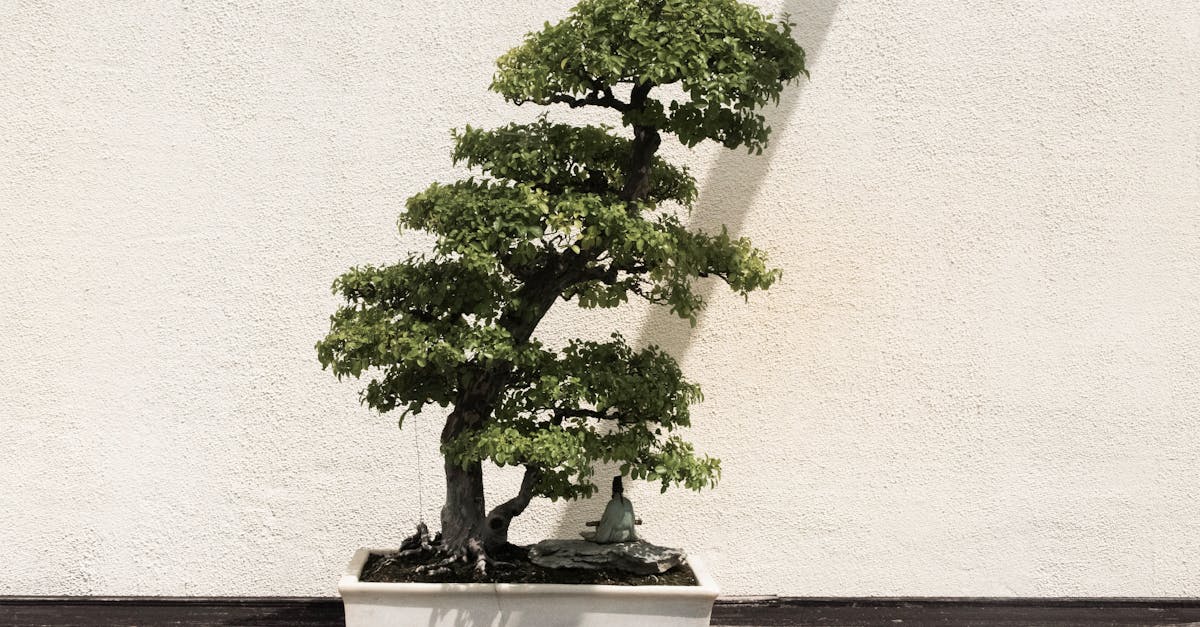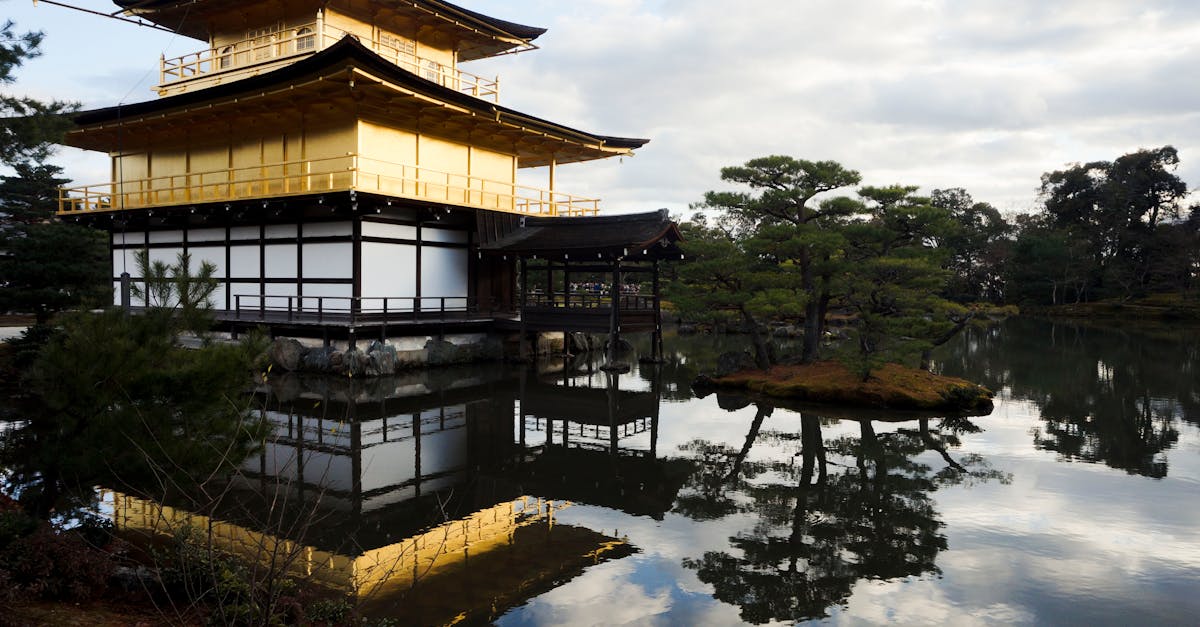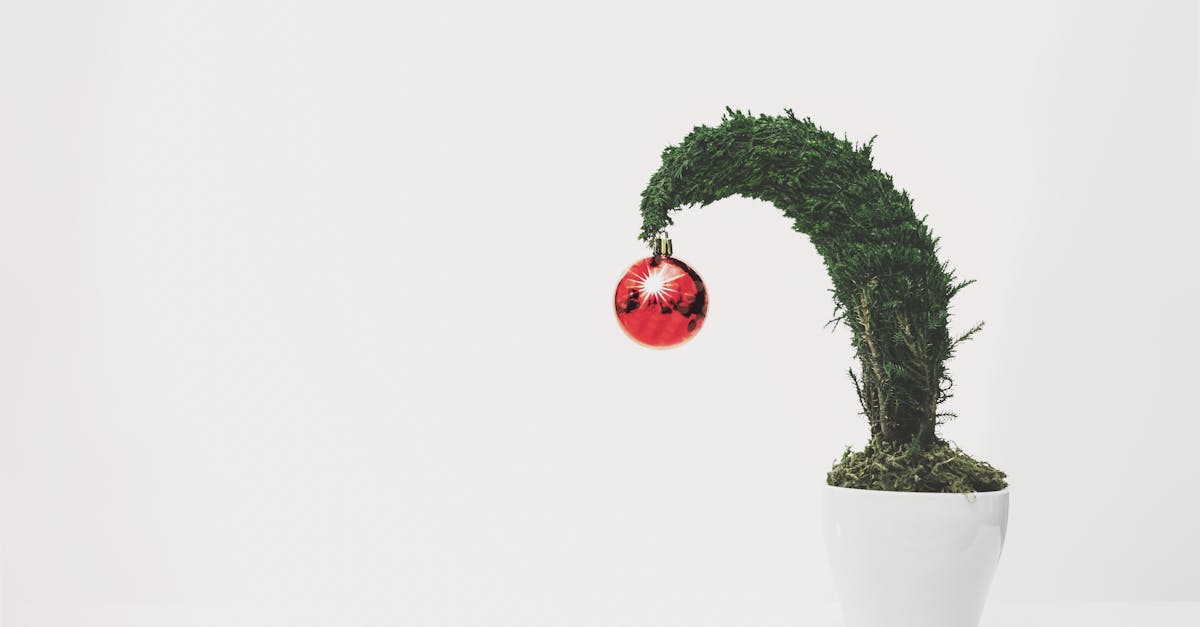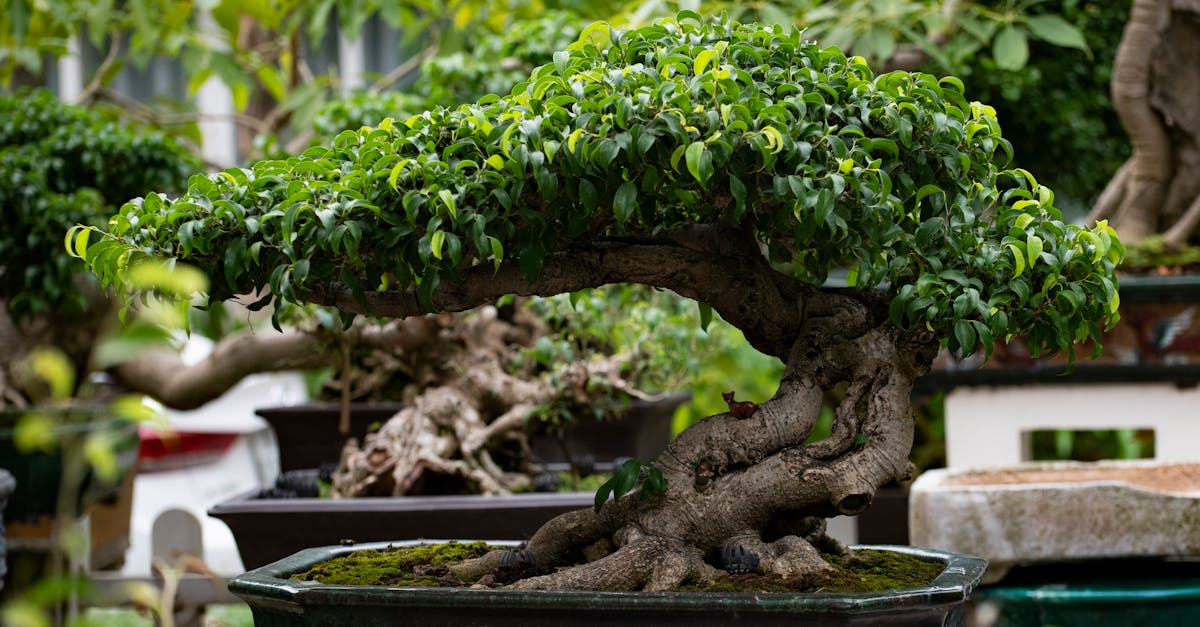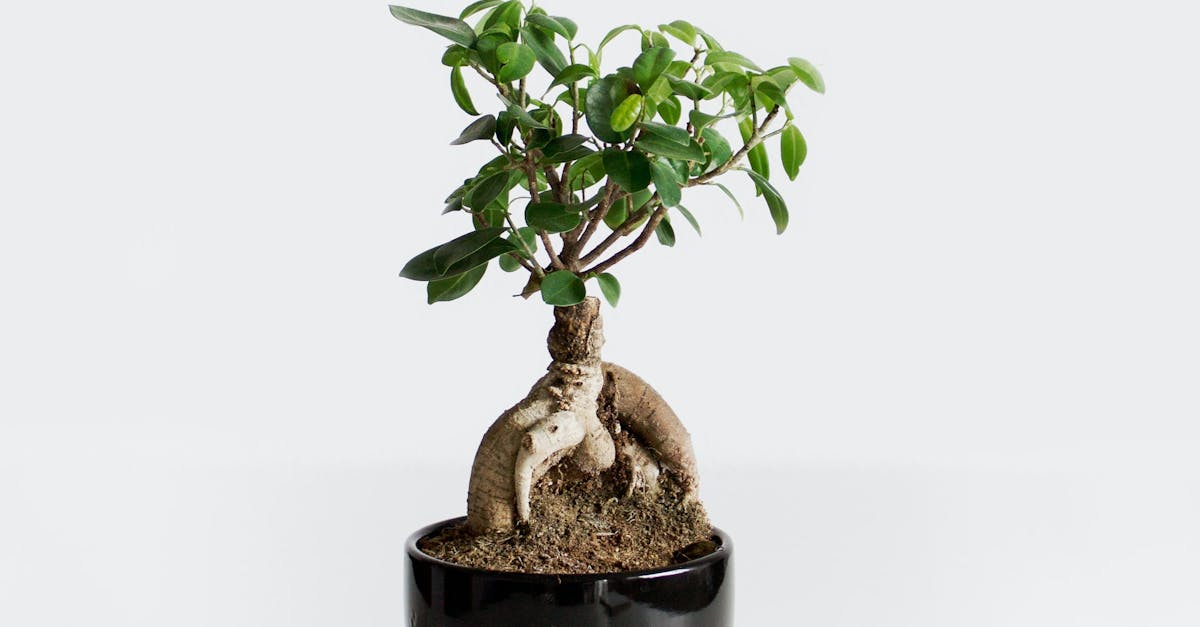Preserving the Harmony of Bonsai: A Guide to Pest and Disease Management

The delicate world of bonsai is a testament to the intricate balance between nature and human artistry. To maintain the health and beauty of these miniature trees, it is crucial to understand the threats posed by pests and diseases. This comprehensive guide will delve into the signs of infestation, prevention methods, control options, and disease management strategies. By equipping bonsai enthusiasts with this essential knowledge, we empower them to protect and nurture their living masterpieces for years to come.
While bonsai may appear perfectly formed, they are not immune to the challenges faced by all living organisms. Pests and diseases can wreak havoc on these diminutive trees, leading to stunted growth, disfigured foliage, and even death. Early detection is crucial for successful treatment and prevention. By observing your bonsai regularly, you can identify potential problems before they escalate. Understanding common pests and diseases, along with their symptoms and potential risks, is key to safeguarding your bonsai collection.
Maintaining the health of your bonsai extends beyond pest and disease control. Good horticultural practices, such as proper watering, fertilization, and shaping techniques, contribute to the overall well-being of these miniature trees. By creating an optimal environment and providing balanced nutrition, you can strengthen your bonsai’s resilience against pests and diseases. Quarantining new additions and maintaining good hygiene further minimize the risk of introducing pathogens into your collection. With vigilant care and a deep understanding of pest and disease management, you can ensure that your bonsai thrives for generations to come.
1. Recognizing Signs of Pests and Diseases
Early detection of pests and diseases is crucial for maintaining the health of your bonsai. Regular inspection allows you to identify potential problems before they escalate, increasing the chances of successful treatment and prevention. Several telltale signs can indicate that your bonsai is under attack from pests or diseases.
Physical examination is key in identifying issues. Look for unusual spots, holes, discoloration, or any abnormal growth on the leaves, stems, and trunk. These could be signs of pest infestation or disease infection. Monitoring growth patterns is also important. Slowed growth, stunted leaves, or wilting can indicate underlying problems. By observing your bonsai regularly, you can catch problems early and take appropriate action.
Familiarize yourself with the common pests and diseases that affect bonsai. Research their symptoms and potential risks to your collection. Some common pests to watch out for include aphids, mealybugs, and scale insects, while fungal diseases like leaf spot and root rot are also prevalent. Understanding the specific signs and symptoms of these threats will empower you to take targeted measures for prevention and control.
Physical Examination: Visual cues to identify issues
Regular physical examination of your bonsai is crucial for early detection of pests and diseases. By visually inspecting your tree, you can identify potential issues before they escalate, increasing the chances of successful treatment and prevention.
Look for any changes in the appearance of your bonsai’s leaves, stems, and trunk. Unusual spots, holes, discoloration, or abnormal growth can indicate pest infestation or disease infection. For instance, yellowing leaves may be a sign of nutrient deficiency or disease, while brown or black spots could indicate fungal or bacterial infection. Holes in the leaves can be caused by chewing insects, and sticky residue may be a sign of sap-sucking pests like aphids or scale insects.
Closely examine the undersides of leaves, as pests often hide there. Use a magnifying glass if necessary to get a closer look at potential issues. Regular examination allows you to catch problems early, before they spread or cause significant damage to your bonsai.
Monitoring Growth Patterns
Monitoring the growth patterns of your bonsai is an important aspect of early pest and disease detection. Deviations from normal growth can indicate underlying problems that require attention.
Observe the overall growth rate of your bonsai. Slowed growth can be a sign of nutrient deficiency, root problems, or disease. Stunted leaves, characterized by their small size and lack of development, can also indicate nutrient deficiencies or root issues. Wilting, or the drooping of leaves and stems, can be a symptom of water stress, root rot, or disease.
Regularly track the growth of your bonsai by taking measurements or photographs over time. This will help you establish a baseline and easily identify any significant changes in growth patterns. By monitoring growth and addressing any abnormalities promptly, you can maintain the health and vigor of your bonsai.
Common Pests and Diseases Affecting Bonsai
Familiarizing yourself with the most common pests and diseases affecting bonsai is crucial for early detection and effective management. By understanding their symptoms and potential risks, you can take proactive measures to protect your collection.
Some of the most common pests that affect bonsai include aphids, mealybugs, scale insects, spider mites, and whiteflies. These pests can feed on plant sap, leaves, and stems, causing damage to the foliage and weakening the tree. Symptoms of pest infestation may include yellowing leaves, stunted growth, sticky residue, or visible insects on the plant.
Common diseases that affect bonsai include fungal diseases like leaf spot, powdery mildew, and root rot, as well as bacterial diseases like crown gall and fire blight. Fungal diseases often manifest as spots or discoloration on the leaves, while bacterial diseases may cause wilting, cankers, or oozing lesions. Viral diseases, though less common, can also affect bonsai, causing symptoms such as mosaic patterns on the leaves or stunted growth.
2. Understanding Prevention Methods
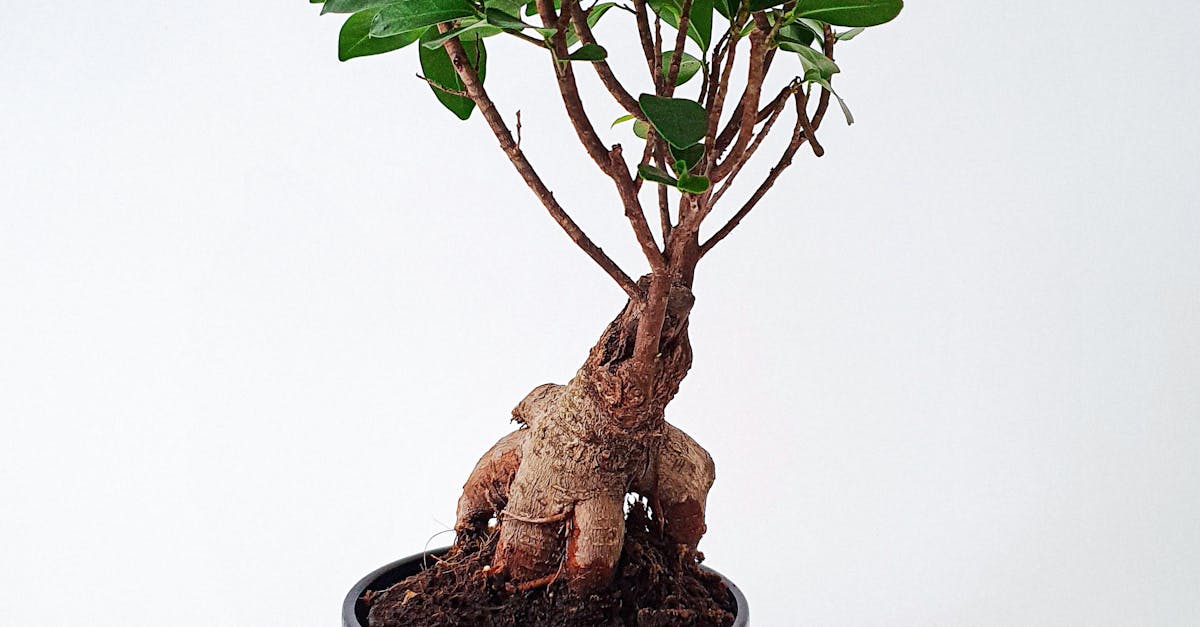
Prevention is key to maintaining the health of your bonsai collection. By implementing proactive measures, you can minimize the risk of pest infestations and disease outbreaks, ensuring the well-being of your miniature trees.
Proper watering practices play a crucial role in preventing root rot and other water-related issues. Water your bonsai only when the soil is dry to the touch, and avoid overwatering. Use well-draining soil and a pot with drainage holes to prevent waterlogging. Proper watering techniques promote healthy root development and reduce the risk of root rot.
Quarantining new additions to your bonsai collection is essential to prevent the introduction of pests and diseases. Isolate new plants for several weeks before introducing them to your main collection. During this quarantine period, observe the new plants closely for any signs of pests or diseases. If any issues are detected, treat the plant promptly before adding it to your collection.
Proper Watering Practices
Proper watering practices are crucial for maintaining the health of your bonsai. Overwatering or underwatering can lead to various problems, including root rot, stunted growth, and yellowing leaves. Here are some tips for watering your bonsai properly:
-
Water your bonsai only when the soil is dry to the touch. Stick your finger about an inch into the soil; if it feels dry, it’s time to water. Overwatering is a common mistake that can lead to root rot, so it’s always better to err on the side of underwatering.
-
Use well-draining soil. Bonsai trees need soil that drains well to prevent waterlogging. A good bonsai soil mix will contain a combination of inorganic and organic materials, such as akadama, pumice, and peat moss.
-
Water your bonsai thoroughly when you do water it. When you water your bonsai, make sure to soak the soil all the way through. This will help to promote deep root growth and prevent the roots from drying out.
-
Avoid getting water on the leaves of your bonsai. Water on the leaves can lead to fungal diseases. When you water your bonsai, try to water at the base of the tree, avoiding the leaves as much as possible.
Quarantining New Additions
Quarantining new additions to your bonsai collection is a crucial step in preventing the spread of pests and diseases. Pests and diseases can easily spread from one plant to another, so it’s important to isolate new plants before introducing them to your main collection. Here are some tips for quarantining new bonsai:
-
Place the new bonsai in a separate area from your other bonsai. This will help to prevent the spread of pests and diseases in case the new bonsai is infected.
-
Inspect the new bonsai carefully for any signs of pests or diseases. Look for things like insects, eggs, or discolored leaves. If you find any signs of pests or diseases, treat the plant immediately.
-
Keep the new bonsai in quarantine for at least four weeks. This will give the pests and diseases time to develop and become visible. If the new bonsai shows no signs of pests or diseases after four weeks, it can be introduced to your main collection.
Using Organic and Chemical Controls
There are a variety of organic and chemical control methods that can be used to manage pests and diseases on bonsai. Organic methods, such as insecticidal soaps and neem oil, are often preferred because they are less harmful to the environment and to beneficial insects. However, chemical pesticides may be necessary in some cases, such as when an infestation is severe or when organic methods have not been effective.
Insecticidal soaps are made from natural oils, such as neem oil or pyrethrum, and they work by suffocating or dehydrating pests. Neem oil is also known to have insecticidal, fungicidal, and antiviral properties. Horticultural oil, also known as dormant oil, is a type of chemical pesticide that is used to control overwintering pests and their eggs. It works by suffocating the pests and their eggs.
When using any type of pest control, it is important to follow the instructions on the product label carefully. This will help to ensure that the product is used safely and effectively.
3. Pest Control and Treatment Options
There are a variety of methods that can be used to control and eliminate common pests affecting bonsai, such as aphids, mealybugs, and scale insects. These methods can be divided into two main categories: physical removal and chemical control.
Physical removal involves manually removing pests from the plant. This can be done by hand, using a soft brush, or with a strong stream of water. Physical removal is most effective when the infestation is small and the pests are easily visible.
Chemical control involves the use of pesticides to kill pests. Pesticides can be applied to the plant in a variety of ways, such as spraying, dusting, or soaking. Chemical control is most effective when the infestation is severe or when physical removal is not practical.
Physical Removal of Pests
Physical removal is a simple and effective way to control pests on bonsai trees. This method involves manually removing pests from the plant using tweezers, a soft brush, or a strong stream of water. Physical removal is most effective when the infestation is small and the pests are easily visible.
To remove pests using tweezers, gently grasp the pest and pull it off the plant. Be careful not to damage the plant’s leaves or stems. To remove pests using a soft brush, gently brush the pests off the plant. To remove pests using a strong stream of water, hold the plant under a strong stream of water and spray the pests off. Be careful not to damage the plant’s leaves or stems.
Physical removal is a safe and effective way to control pests on bonsai trees. This method is also environmentally friendly, as it does not involve the use of pesticides.
Insecticidal Soaps and Oils
Insecticidal soaps and oils are effective and environmentally friendly ways to control pests on bonsai trees. These products work by suffocating and killing pests without harming the plant. Insecticidal soaps are made from natural oils, such as neem oil or pyrethrum, and they are safe to use on all types of plants. Horticultural oils, also known as dormant oils, are made from petroleum and they are used to control overwintering pests and their eggs. Horticultural oils are not as safe to use as insecticidal soaps, so it is important to follow the instructions on the product label carefully.
To use insecticidal soaps or oils, mix the product with water according to the instructions on the product label. Then, spray the mixture on the plant, making sure to cover all of the leaves and stems. Be careful not to overspray, as this can damage the plant.
Insecticidal soaps and oils are effective against a wide range of pests, including aphids, mealybugs, scale insects, and spider mites. These products are also safe to use on beneficial insects, such as ladybugs and lacewings.
Chemical Pesticides as a Last Resort
Chemical pesticides should only be used as a last resort to control pests on bonsai trees. These products can be harmful to the plant and to the environment, so it is important to use them only when other methods have been ineffective.
When using chemical pesticides, it is important to follow the instructions on the product label carefully. This will help to ensure that the product is used safely and effectively. It is also important to wear protective clothing, such as gloves and a mask, when applying chemical pesticides.
Chemical pesticides can be effective against a wide range of pests, including aphids, mealybugs, scale insects, and spider mites. However, these products can also be harmful to beneficial insects, such as ladybugs and lacewings. Therefore, it is important to use chemical pesticides only when other methods have been ineffective.
4. Disease Management and Treatment
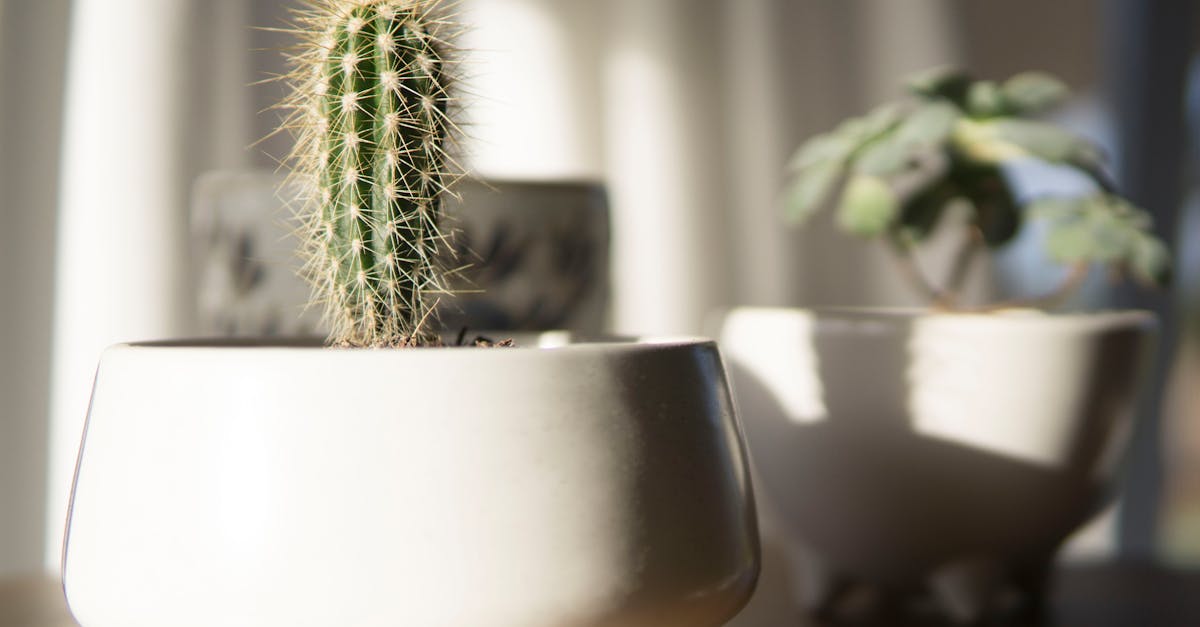
Bonsai trees are susceptible to a variety of diseases, including fungal diseases, bacterial diseases, and viral diseases. Fungal diseases are the most common type of disease affecting bonsai trees, and they can cause a variety of symptoms, such as leaf spots, powdery mildew, and root rot. Bacterial diseases are less common, but they can be more serious, and they can cause symptoms such as wilting, cankers, and oozing lesions. Viral diseases are the least common type of disease affecting bonsai trees, and they can cause a variety of symptoms, such as mosaic patterns on the leaves and stunted growth.
There are a variety of treatment options available for diseases affecting bonsai trees. The best treatment option will depend on the type of disease and the severity of the infection. Fungal diseases can be treated with fungicides, bacterial diseases can be treated with antibiotics, and viral diseases can be treated with antiviral medications. In some cases, it may be necessary to remove the infected plant to prevent the disease from spreading.
It is important to take steps to prevent diseases from affecting bonsai trees. These steps include providing the tree with proper care, such as watering and fertilizing it regularly, and keeping the tree in a clean and sanitary environment.
Fungal Diseases
Fungal diseases are the most common type of disease affecting bonsai trees. These diseases are caused by fungi, which are microscopic organisms that can live on or in the plant. Fungal diseases can cause a variety of symptoms, including leaf spots, powdery mildew, and root rot.
Leaf spot is a common fungal disease that affects bonsai trees. This disease causes brown or black spots to develop on the leaves of the tree. The spots may be small or large, and they may eventually cause the leaves to fall off the tree. Powdery mildew is another common fungal disease that affects bonsai trees. This disease causes a white or gray powdery substance to develop on the leaves and stems of the tree. Root rot is a serious fungal disease that can affect bonsai trees. This disease causes the roots of the tree to rot, which can eventually lead to the death of the tree.
There are a variety of treatment options available for fungal diseases affecting bonsai trees. The best treatment option will depend on the type of disease and the severity of the infection. Fungal diseases can be treated with fungicides, which are chemicals that kill fungi. Fungicides can be applied to the plant as a spray, a dust, or a drench.
Bacterial Diseases
Bacterial diseases are less common than fungal diseases, but they can be more serious. Bacterial diseases are caused by bacteria, which are microscopic organisms that can live on or in the plant. Bacterial diseases can cause a variety of symptoms, including wilting, cankers, and oozing lesions.
Crown gall is a common bacterial disease that affects bonsai trees. This disease causes galls to develop on the roots and stems of the tree. The galls are usually round or oval, and they can be brown or black in color. Fire blight is another common bacterial disease that affects bonsai trees. This disease causes the leaves and shoots of the tree to wilt and die. The leaves may also turn brown or black, and the shoots may ooze a sticky substance.
There are a variety of treatment options available for bacterial diseases affecting bonsai trees. The best treatment option will depend on the type of disease and the severity of the infection. Bacterial diseases can be treated with antibiotics, which are chemicals that kill bacteria. Antibiotics can be applied to the plant as a spray, a dust, or a drench.
Viral Diseases
Viral diseases are the least common type of disease affecting bonsai trees. Viral diseases are caused by viruses, which are microscopic organisms that can live on or in the plant. Viral diseases can cause a variety of symptoms, including mosaic patterns on the leaves, yellowing of the leaves, and stunted growth.
Mosaic virus is a common viral disease that affects bonsai trees. This disease causes a mosaic pattern to develop on the leaves of the tree. The mosaic pattern is usually made up of light and dark green areas. Yellow vein virus is another common viral disease that affects bonsai trees. This disease causes the veins of the leaves to turn yellow. The leaves may also become stunted and distorted.
There are no cures for viral diseases affecting bonsai trees. However, the symptoms of the disease can be managed. One way to manage the symptoms of a viral disease is to provide the tree with proper care. This includes watering and fertilizing the tree regularly, and keeping the tree in a clean and sanitary environment. Another way to manage the symptoms of a viral disease is to use antiviral medications. Antiviral medications can be applied to the plant as a spray, a dust, or a drench.
5. Maintaining Bonsai Health for Longevity
Maintaining the health of your bonsai tree is crucial for its long-term well-being and longevity. By implementing proactive measures and providing proper care, you can minimize the risks of pest infestations and disease outbreaks, ensuring your miniature masterpiece thrives for years to come.
Proper nutrition and fertilization play a vital role in maintaining bonsai health. Provide your tree with a balanced diet of essential nutrients through regular fertilization. Choose fertilizers specifically designed for bonsai trees, which are formulated to meet their unique requirements. Avoid over-fertilizing, as this can lead to nutrient burn and harm your tree.
Pruning and shaping techniques are essential for maintaining the health and aesthetics of your bonsai. Regular pruning removes dead or diseased branches, encourages new growth, and helps shape the tree into its desired form. Proper pruning techniques promote air circulation and prevent disease by removing overcrowding and allowing sunlight to reach all parts of the tree.
Proper Nutrition and Fertilization
Providing proper nutrition through regular fertilization is essential for maintaining the health and vigor of your bonsai tree. Bonsai trees, due to their limited root systems, require careful attention to their nutrient needs. A balanced diet of essential nutrients, including nitrogen, phosphorus, and potassium, is crucial for supporting plant growth and resilience.
Choose fertilizers specifically formulated for bonsai trees, as they are designed to meet their unique requirements. These fertilizers often contain a blend of organic and inorganic nutrients, providing both immediate and sustained nourishment. Avoid over-fertilizing, as this can lead to nutrient burn and harm your tree. Follow the recommended dosage instructions carefully and adjust the frequency of fertilization based on the specific needs of your tree.
Regular fertilization helps promote healthy root development, supports葉子growth, and enhances the overall vigor of your bonsai. By providing your tree with the essential nutrients it needs, you can increase its resistance to pests and diseases, ensuring its long-term health and beauty.
Pruning and Shaping Techniques
Proper pruning and shaping techniques are essential for maintaining the health and aesthetics of your bonsai tree. Pruning involves selectively removing branches to control the size and shape of the tree, while shaping techniques involve training the branches to grow in a desired direction or form.
Regular pruning removes dead or diseased branches, encourages new growth, and helps shape the tree into its desired form. Proper pruning techniques promote air circulation and prevent disease by removing overcrowding and allowing sunlight to reach all parts of the tree. This reduces the risk of fungal diseases and other issues that thrive in moist, shaded environments.
Shaping techniques, such as wiring and bending, allow you to train the branches of your bonsai to grow in specific directions or poses. By carefully manipulating the branches, you can create unique and visually appealing forms that showcase the natural beauty of the tree. Proper shaping techniques also contribute to the overall health of the bonsai by ensuring that the branches are well-supported and balanced, preventing breakage and promoting long-term structural integrity.
Environmental Optimization
Ensuring optimal environmental conditions is crucial for maintaining the health and well-being of your bonsai tree. Proper environmental care can help deter pests and diseases, contributing to the tree’s long-term vitality.
Adequate light is essential for photosynthesis, the process by which plants convert light energy into sugars for growth and development. Most bonsai trees prefer bright, indirect light, similar to their natural habitats. Avoid placing your bonsai in direct sunlight, as this can scorch the leaves and damage the tree. If necessary, provide supplemental lighting during the winter months or in low-light conditions.
Humidity levels are also important for bonsai health. Dry air can cause the leaves to dry out and become susceptible to pests and diseases. Maintain humidity levels around your bonsai by misting the leaves regularly or placing the tree on a humidity tray filled with water. Avoid over-misting, as this can create an overly moist environment that favors fungal growth.
What are some common signs of pests or diseases on bonsai trees?
Common signs of pests or diseases on bonsai trees can include discolored or damaged leaves, unusual spots or growths, insects or webbing on the plant, wilting or stunted growth, and yellowing or browning of leaves.
How can I prevent pests and diseases from affecting my bonsai trees?
To prevent pests and diseases, provide your bonsai trees with proper care, including adequate watering, fertilization, and sunlight. Regularly inspect your trees for signs of pests or diseases, and take appropriate action to treat any issues promptly. Additionally, quarantine new plants before introducing them to your collection to prevent the spread of pests or diseases.
What are some organic pest control methods I can use on my bonsai trees?
Some organic pest control methods for bonsai trees include using insecticidal soap, neem oil, or horticultural oil. These products work by suffocating or repelling pests without harming the plant. Always follow the instructions on the product label carefully when using any pest control method.
How can I treat fungal diseases on my bonsai trees?
Fungal diseases on bonsai trees can be treated with fungicides. Choose a fungicide specifically designed for bonsai trees and follow the instructions on the product label carefully. It is important to identify the type of fungal disease affecting your tree in order to select the most effective treatment.
How can I maintain the health of my bonsai trees for longevity?
To maintain the health of your bonsai trees for longevity, provide them with proper care, including regular watering, fertilization, pruning, and shaping. Ensure optimal environmental conditions, such as adequate light, humidity, and temperature, to deter pests and diseases. Additionally, monitor your trees regularly for any signs of pests or diseases, and take appropriate action to address any issues promptly.

